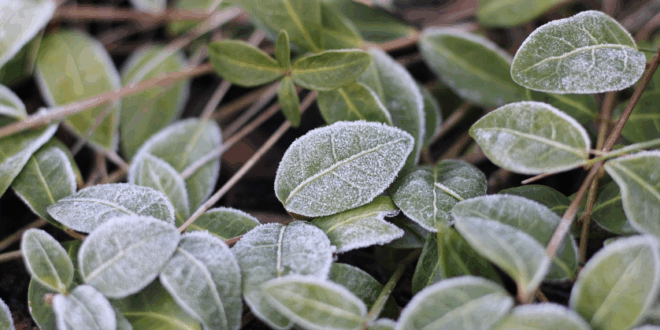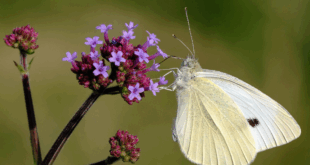Frost is one of the biggest seasonal challenges gardeners face. When temperatures drop near or below freezing, frost forms on leaves, flowers, and soil — often leaving plants wilted, blackened, or even dead by morning. But not all frost is equally harmful, and knowing what happens during a frost event can help you minimize damage.
What Is Frost?
Frost occurs when the air temperature falls to 0°C or below, and water vapour in the air condenses and freezes on cold surfaces — like plant leaves and stems. Essentially, plants lose heat faster than they can absorb it, and the moisture inside their cells freezes.
What Happens to Plants During Frost
When frost forms on a plant:
- Ice crystals develop inside or between cells.
- This freezing process draws water out of plant tissues, causing dehydration.
- The ice can puncture cell walls, leading to wilted or blackened leaves once the plant thaws.
- Young, tender growth and tropical plants are most vulnerable, while woody and cold-hardy plants tolerate frost better.
Types of Frost Damage
- Light Frost (–1°C to 0°C)
Only affects tender plants like basil, tomatoes, impatiens, or begonias. - Hard Frost (below –2°C)
Damages even tougher plants — killing annuals and injuring perennials or shrubs if unprotected.
Which Plants Are Most at Risk
- Warm-season vegetables: tomatoes, peppers, cucumbers, beans
- Tropical ornamentals: hibiscus, bougainvillea, banana
- Tender perennials: geraniums, fuchsias, dahlias (tubers survive if dug and stored)
- Newly planted or young shrubs and trees
Cold-hardy species — like kale, pansies, and many evergreens — can usually withstand moderate frost without harm.
How to Protect Your Garden from Frost
- Cover Plants at Night
Use sheets, burlap, or frost cloths (not plastic) to trap ground heat. Remove in the morning once the temperature rises. - Water Before Frost
Moist soil holds heat better than dry soil. Watering lightly before a cold night can help insulate roots. - Mulch Generously
Add a thick layer of mulch (5–10 cm) around the base of plants to protect roots from temperature swings. - Move Containers Indoors
Potted plants cool faster than those in the ground — move them into a garage or near a wall for shelter. - Choose Cold-Hardy Varieties
Select plants suited to your growing zone to reduce frost risk in future seasons.
After Frost: Recovery Tips
If your plants get frostbitten:
- Wait to prune until new growth appears — dead-looking leaves sometimes recover.
- Cut away mushy or blackened parts once the weather stabilises.
- Feed lightly with a balanced fertiliser to help plants rebound.
Frost doesn’t have to spell disaster for your garden. With a little preparation — like covering, mulching, and proper plant selection — you can minimise damage and help your garden bounce back beautifully each spring.
 Gardeners Club The Gardeners Club is a free to join online club for everyone with an interest in gardening and gardens.
Gardeners Club The Gardeners Club is a free to join online club for everyone with an interest in gardening and gardens.






